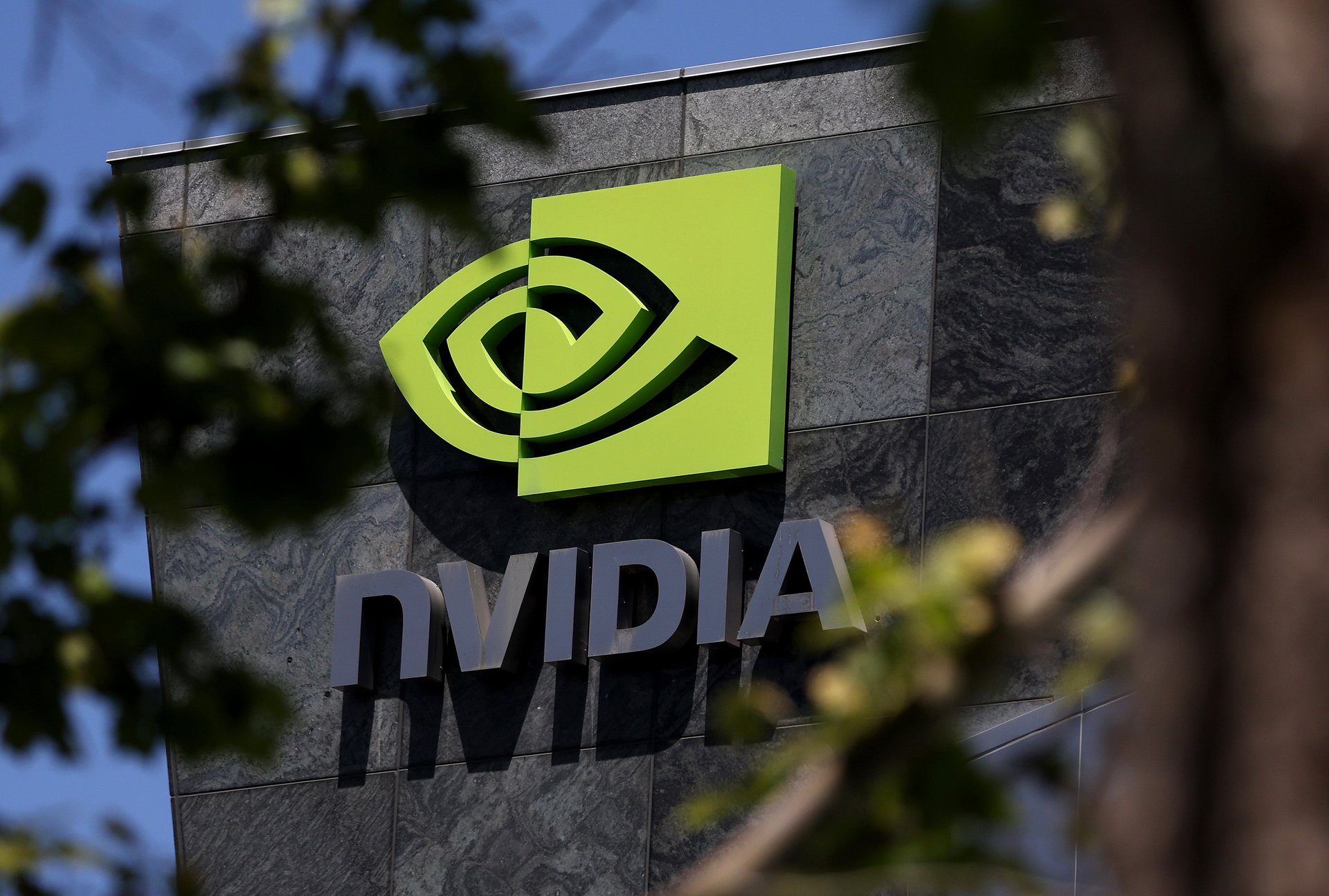🌏 Nvidia’s AI future
Plus: Rolling back the narrative.

Good morning, Quartz readers!
Suggested Reading
Here’s what you need to know
Nvidia is feeling the burn. CEO Jensen Huang said the Trump administration’s ban on Nvidia’s H20 chips has been “enormously costly” and “deeply painful,” costing it $15 billion.
Related Content
(Semi)Conduct unbecoming? The Chinese government accused the U.S. of undercutting trade talks after the Trump administration warned against using Huawei’s semiconductor chips.
Xiaomi investing more at home. Amid the U.S.-China trade war, Xiaomi’s CEO said the tech giant will spend $7 billion to develop homegrown semiconductor chips as part of a long-term plan.
Time for crude calculations. Big Tech is betting big on Saudi Arabia and the UAE, which one analyst said was a “watershed moment” and could add $1 trillion to the global AI market.
Central Bank staying steady. A top Fed official said he foresees just one interest rate cut this year because it will take a while to gauge how tariffs have affected the U.S. economy.
Walmart has the receipts. President Trump claimed over the weekend that the company made “billions of dollars” more than expected last year — a wild claim for myriad reasons.
Bot and paid for. JPMorgan Chase is telling managers to “resist” hiring and focus on efficiency. AI will be a big part of that, resulting in a 10% staffing reduction in certain divisions.
Wall Street meets the blockchain. CEO Jamie Dimon, who has long been skeptical of crypto, said the financial giant will soon let customers buy Bitcoin through the bank.
Coinbase’s token effort. Coinbase officially joined the S&P 500 on Monday, marking a major moment of mainstream legitimacy for crypto — and the implications are far reaching.
New chips on the block
At Computex 2025, Nvidia laid out more than a product roadmap. It outlined a vision for a world built on AI.
Speaking in Taipei, CEO Jensen Huang introduced everything from compact AI supercomputers to national-scale infrastructure projects, positioning Nvidia not just as a chipmaker, but as the scaffolding of an AI-powered future.
Huang announced DGX Spark, a desktop-sized AI system powerful enough to train large models locally, no cloud required. It’s aimed at researchers, students, and developers — part of what Huang called the “AI-native” generation.
But the bigger message is that AI is now infrastructure, not just something we use but something we live in. From NVLink Fusion (GPU-friendly collaboration with third-party chips) to Isaac robots and Cosmos-generated synthetic training data, Nvidia is building the operating system for physical reality. Also in the mix: an open-source physics engine, a national AI supercomputer in Taiwan, and an “AI factory” that could help create a template for AI-first urban design.
Huang’s message was clear: AI isn’t just a tool anymore. It’s infrastructure. And Nvidia is already drawing the blueprints. Quartz’s Shannon Carroll has more on how Nvidia wants to Spark joy in your CPU.
Billion-dollar blame game
President Trump seems to want Walmart to roll back its facts. Over the weekend, he lashed out at the retail giant for suggesting that tariffs might raise prices — while his treasury secretary admitted that, yes, they probably will.
Treasury Secretary Scott Bessent told CNN that Walmart will “absorb some” of the tariff costs, while “some may get passed onto consumers.” Walmart CEO Doug McMillon was less vague: “We aren’t able to absorb all the pressure,” he told investors, warning that prices could rise as soon as this month.
Trump fired back on Truth Social, urging the company to “EAT THE TARIFFS” and to stop blaming him — falsely claiming Walmart made “billions more than expected” last year. Despite suggestions that the burden of tariffs will fall on Walmart and China (not American customers), economists beg to differ: Tariffs are widely regarded as import taxes that often land squarely on U.S. businesses and consumers.
Other companies, such as Adidas and Stanley Black & Decker, are also bracing for price hikes, and GDP data showed the economy shrank in the first quarter, just as tariff fears started hitting home. Quartz’s Joseph Zeballos-Roig has more on why “eat the tariffs” isn’t on Walmart’s menu.